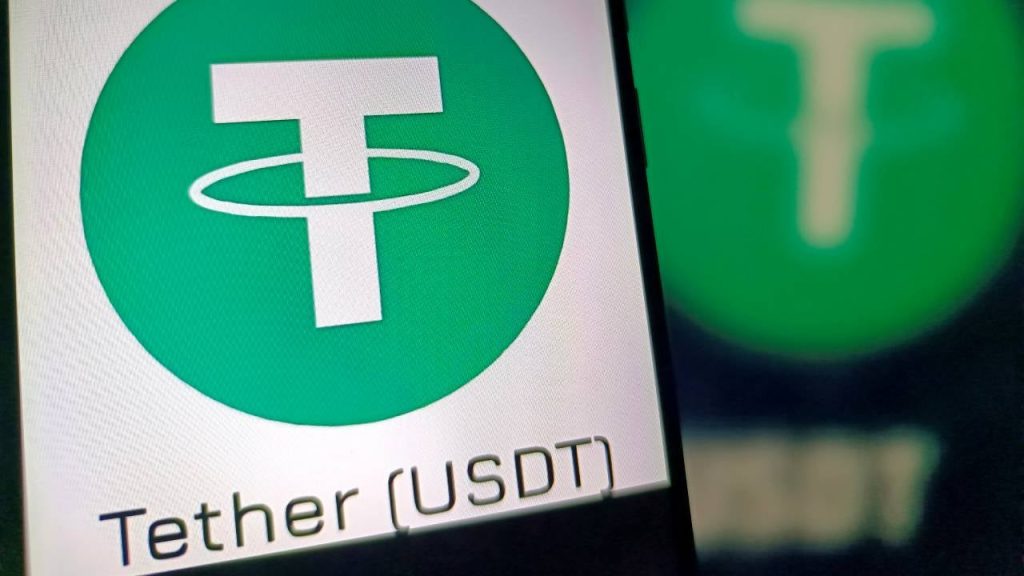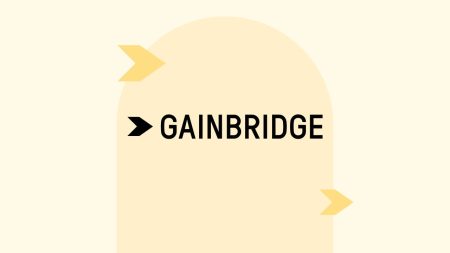Tether (USDT) is a stablecoin, which is a type of cryptocurrency designed to maintain a steady value over time. It’s different from other crypto coins, like Bitcoin or Ethereum, because its price is pegged to the U.S. dollar.
Here’s what you need to know about Tether and how it works.
What is Tether?
Tether is a type of cryptocurrency called a stablecoin. The token was created by Tether Limited in 2014. Unlike other types of cryptocurrencies, USDT doesn’t experience wild swings in prices. Instead, Tether’s value is tied to the U.S. dollar via a 1:1 ratio, meaning one Tether coin equals roughly $1.
As of mid-March, one Tether coin was $1.00 with a market cap of $144 billion, making it the third-largest cryptocurrency by market cap, according to Coinmarketcap.com.
Tether coins are backed by U.S. cash and other assets held by Tether’s reserves. In order to manage the supply and to make sure the value of a USDT coin stays in line with the value of $1, Tether’s parent company, Tether Holdings Limited, is in charge of managing the reserve supply. The company reports on its reserves quarterly.
As of Dec. 31, 2024, Tether reported more assets than liabilities, with $157.6 billion in backing and $137.6 billion in circulating tokens.
But the $157.6 billion in backing isn’t just in a stack of dollar bills sitting in a bank somewhere — the money is often held partly in cash, cash equivalents, secured funds, corporate bonds, loans and a few alternative assets.
Here’s a closer look at how Tether stores its cash:
Breakdown of Tether’s liquid asset allocation (82.3 percent):
- U.S. Treasury bills: $94.47 billion
- Overnight reserve repurchase agreements: $14.10 billion
- Term reverse repurchase agreements: $3.08 billion
- Money market funds: $6.51 billion
- Cash and bank deposits: $108 million
- Non-U.S. Treasury bills: $69 million
Breakdown of Tether’s alternative asset allocation (17.7 percent):
- Secured loans: $8.19 billion
- Bitcoin: $7.86 billion
- Precious metals: $5.32 billion
- Other investments: $3.98 billion
- Corporate bonds: $0.01 billion
Many investors simply see Tether as a digital version of the dollar. This is important because it directly influences how investors use Tether coins and how the coins operate in the crypto universe.
Prior to Tether, there really wasn’t any way for crypto traders to easily move their money in and out of the blockchain ecosystem without it taking their fiat money out of the crypto space entirely.
This means if you wanted to sell your Bitcoin, for example, but didn’t want to cash out entirely and instead wanted to buy another cryptocurrency, you’d have to sell the crypto, take the gains in the form of actual cash, then re-transfer that cash into your account.
With Tether, investors can sell their Bitcoin and then park their funds in a stablecoin rather than cashing out.
How Tether works
Tether also introduced the idea of a less-volatile asset that still operates on the blockchain. Because of this, investors also use Tether as a store of value. For example, in cases of extreme market volatility, investors look to Tether, which experiences fewer price swings.
Tether also plays a role in smart contracts, which are contracts that self-execute once a pre-determined set of conditions have been met. By using Tether, or another stablecoin, as part of these smart contracts, investors can avoid the price complications that would come with using another crypto that may be more volatile.
Is Tether a good investment?
Tether might seem like a safer investment because of its underlying dollar backing, but it’s still a type of cryptocurrency.
The entire crypto market carries significant risk, including insane price swings, which is part of the reason Tether was created. Even when investing in stablecoins, remember that crypto is as volatile as it gets. You’re still parking your money in an environment where crypto prices are driven only by investor sentiment, not cash flow or business performance like stocks are.
If you’re investing in Tether for its role as a medium of exchange between two cryptocurrencies, consider whether cashing out is a better option for you. Of course, it depends on what your goals are and what you’re trying to accomplish by investing in crypto.
Does crypto make sense in your portfolio?
A financial advisor can work with you to create a balanced portfolio that meets your short- and long-term goals — and Bankrate’s AdvisorMatch can help you connect with a CFP® professional.
You may also not have to pay the fees associated with moving your money in and out of a crypto exchange if you’re using Tether, potentially avoiding crypto exchange “on- and off-ramp fees,” which are what you’re charged to move fiat money in and out of the account. You may still pay fees associated with using a blockchain network, but using Tether may sometimes be more cost-effective than continuously converting your fiat cash into crypto.
In some specific scenarios, some investors use Tether to defer taxes on investments they’d owe capital gains on. Note that converting your earnings from one coin to Tether may affect the timing of paying taxes, but it doesn’t legally get you out of having to pay capital gains down the line.
If you’re day-trading crypto on a regular basis — which may not be the best approach if you’re trying to reach a long-term financial goal — then sure, it may be a better option to park your money in Tether coins and avoid the fees and potential taxes associated with cashing out. But take the time to think about why it is you’d want to put your cash into Tether as opposed to just taking the gains.
Additionally, Tether comes with its own set of risks separate from this. At its inception, Tether garnered some heat for the way its reserve backings were allocated and whether it was even backed by cash at all. In fact, in 2021, the U.S. Commodity Futures Trading Commission (CFTC) required Tether to pay a fine of $41 million for “making untrue or misleading statements and omissions of material fact in connection with the U.S. dollar tether token (USDT) stablecoin,” according to a news release from the CFTC.
Pros and cons of Tether
Here’s a closer look at some of the pros and cons of Tether.
Pros
- Reduced price volatility: The coin’s value stays close to $1.
- Minimizes transaction costs and fees: Tether minimizes the on- and off-ramp fees you’re charged for moving fiat currency in and out of an exchange. In some cases, it’s more cost-effective to buy Tether than to pay the fees associated with constantly transferring fiat cash back and forth.
- Trading flexibility: Tether is widely accepted and used across different blockchains and crypto exchanges.
Cons
- Lack of transparency: Tether has faced criticism surrounding its lack of transparency in exactly how its coins are backed.
- Market manipulation accusations: There have been allegations against Tether asserting that the company has historically inflated the price of Bitcoin.
- Not FDIC-backed: Stablecoin entities can say they commit to having enough reserves to support the tokens, but it’s important to know that, unlike traditional banks, there’s no insured government protection behind Tether’s reserves.
Bottom line
Tether essentially eliminated a lot of the hassle that comes with moving your money in and out of the crypto space and gave investors a coin that is less volatile in price, but Tether doesn’t come without its own set of risks. The coin has faced scrutiny for a lack of transparency and market manipulation accusations. It’s important to remember that a stablecoin is only as stable as how its reserves are allocated.
Read the full article here









